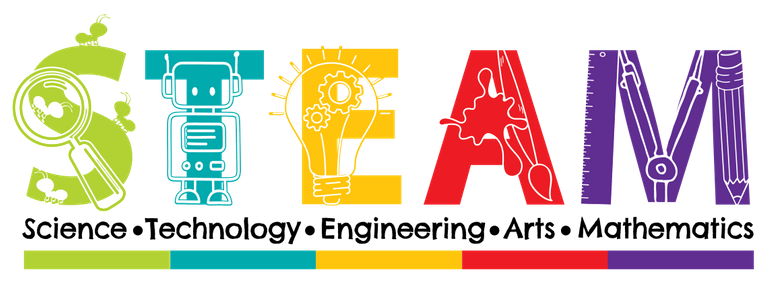STEAM Education is a globally accepted and adopted modern approach to teaching Science, Technology, Engineering, Art, and Mathematics to children at a very early age to prepare them for the 21st-century workforce and also prepare the students in becoming innovators which seem very essential towards the student's development and also to the future of the country and the world at large.

STEAM empowers teachers to use project-based learning that crosses each of the five disciplines and fosters an inclusive learning environment during which all students are ready to engage and contribute. As against traditional models of teaching, educators using the STEAM framework bring the disciplines together, leveraging the synergy between the modeling process and math and science content, as an example, so on blur the boundaries between modeling techniques and scientific/mathematical thinking. Through this holistic approach, students are able to exercise either side of their brain directly.
- STEAM Education enables the students to be able to develop the knowledge and required skills to resolve real-world problems
- STEAM Education helps the students to have the capacity and ability to make sense of knowledge and intelligence
- STEAM Education assists the students to know how to assemble and evaluate evidence towards making decisions
- STEAM Education improves the critical thinking & problem-solving ability of the students
- STEAM Education enhances self-awareness
- It also helps in improving the social skills such as communication, teamwork, autonomy, motivation, and confidence of the student
- STEAM helps the students with the ability to make connections with their community
- And also leads to creativity & innovation.
Thanks for reading 🤝, don't forget to like ❤️, comment ✍️, and share.
Posted with STEMGeeks